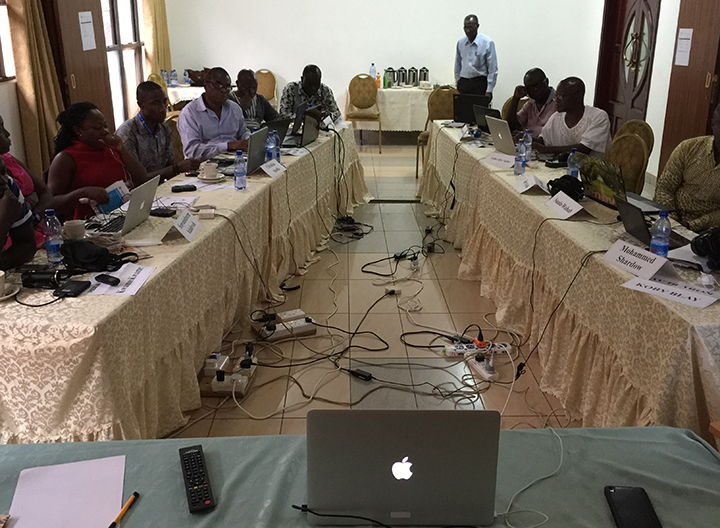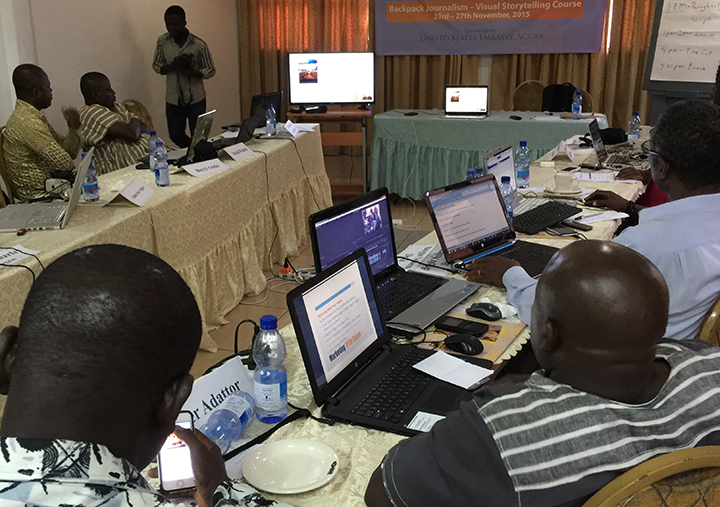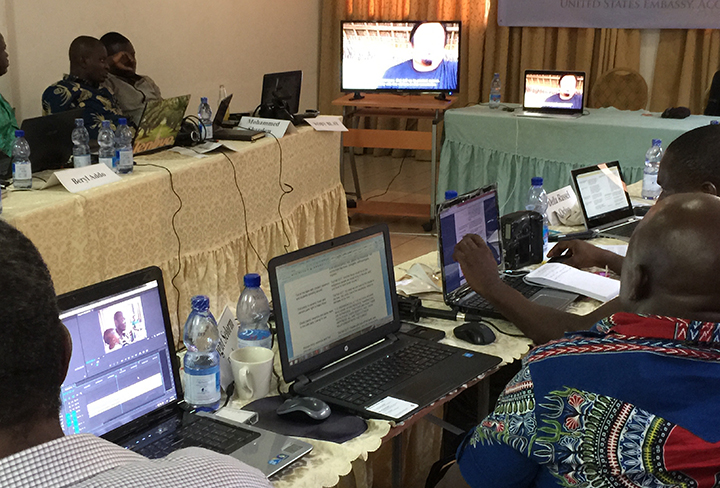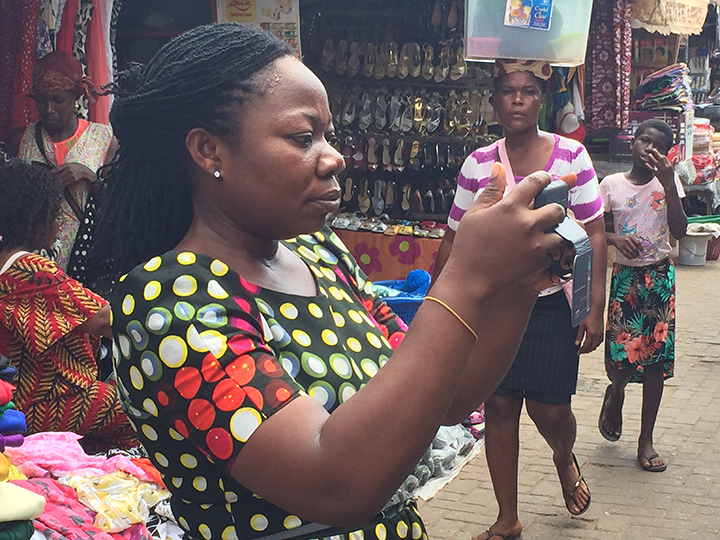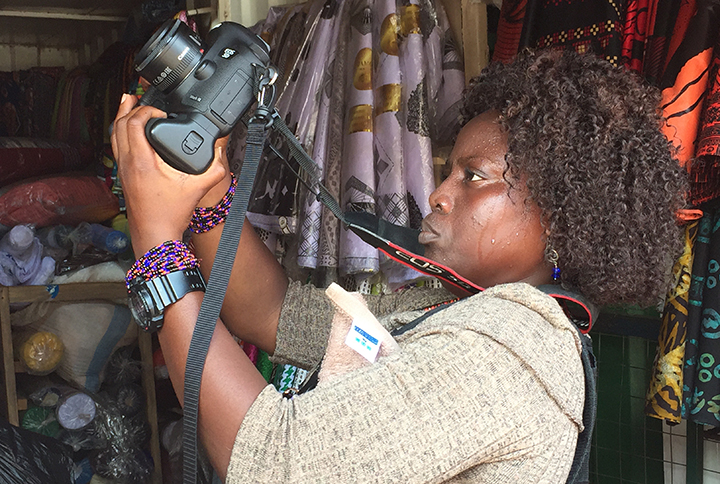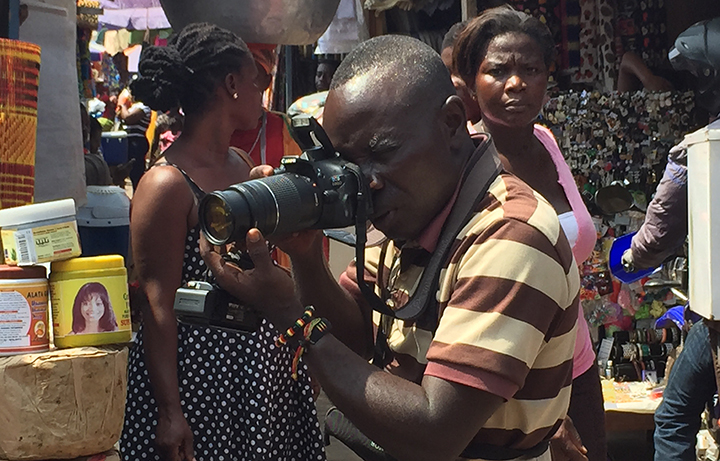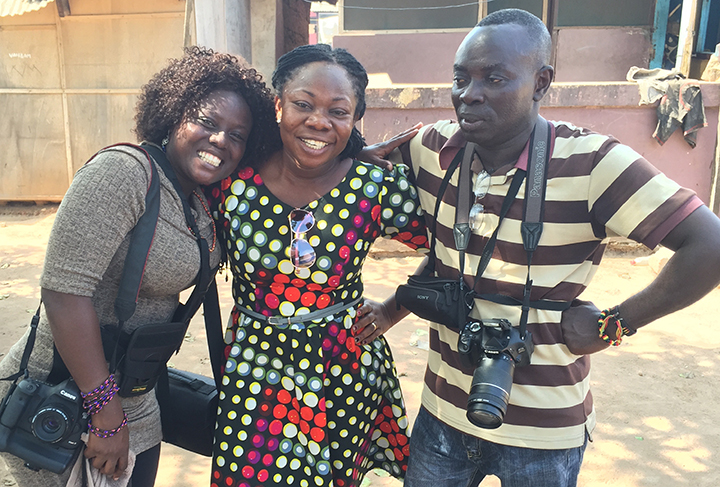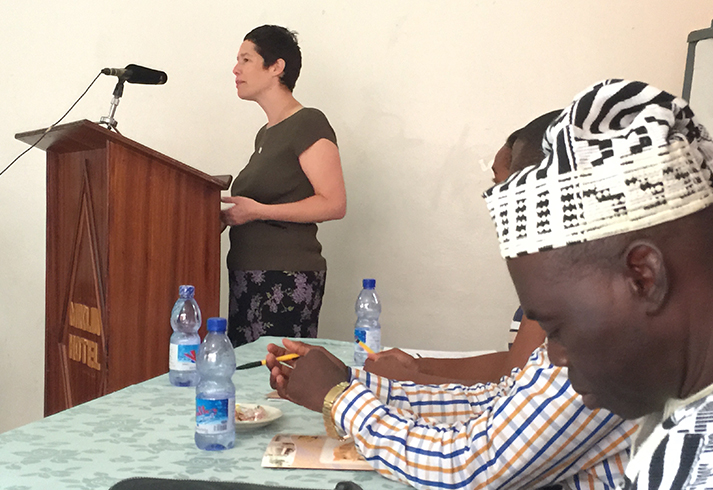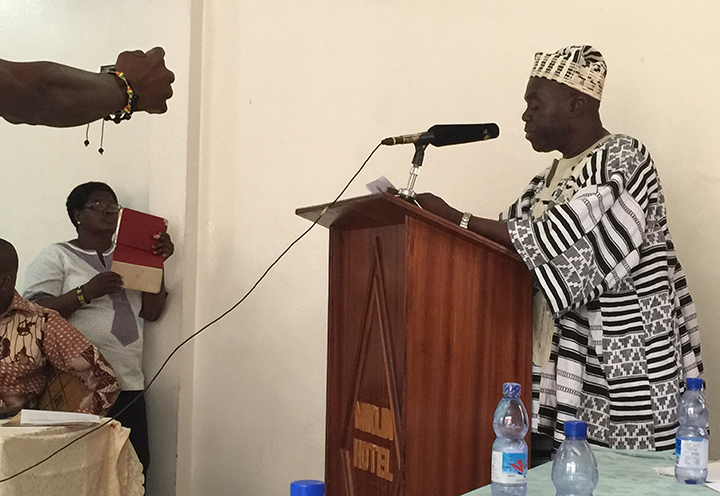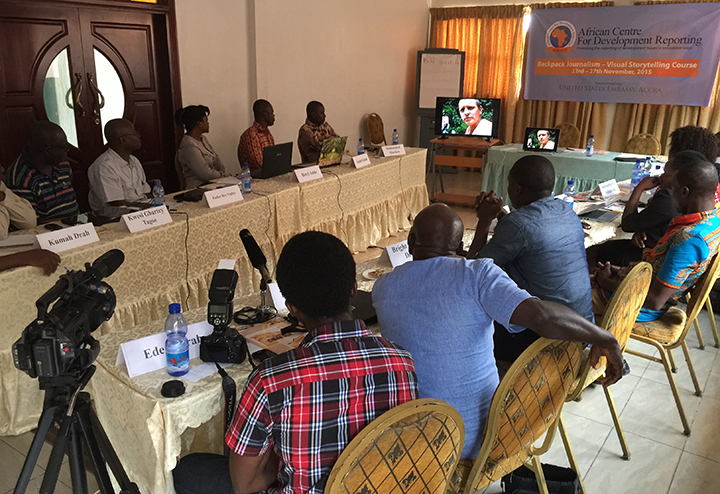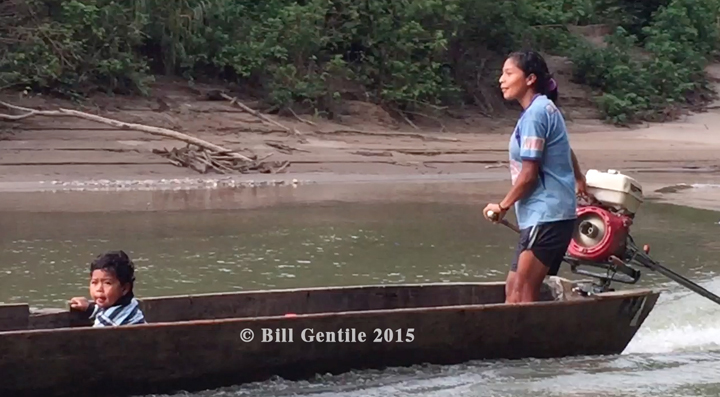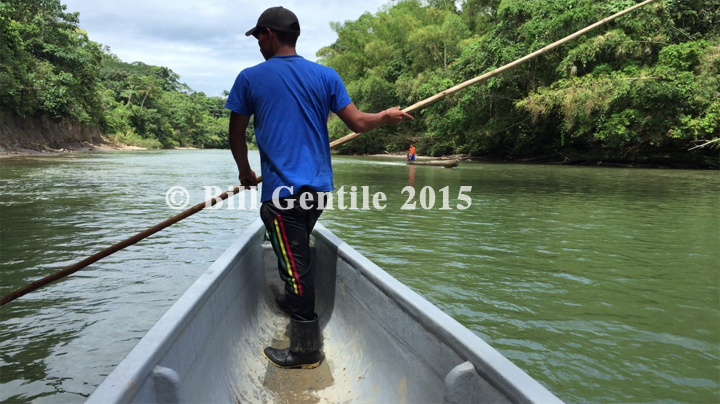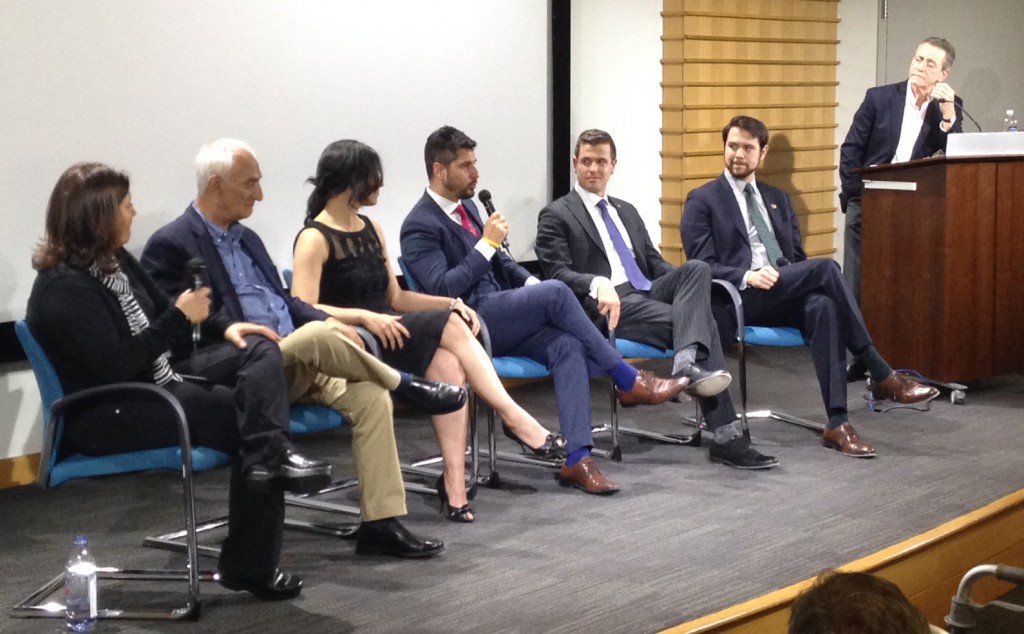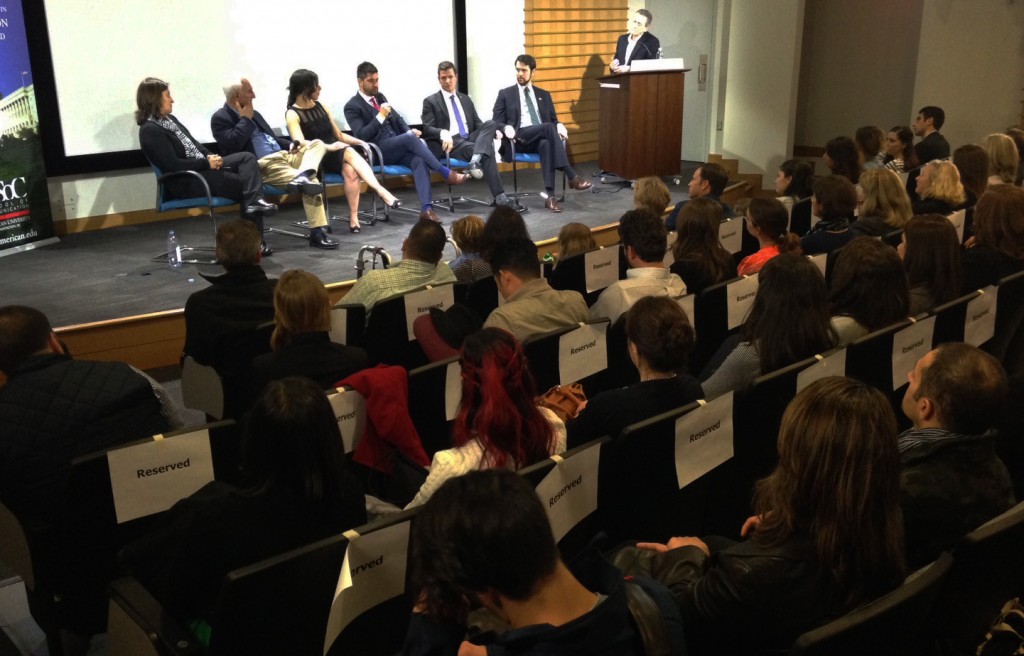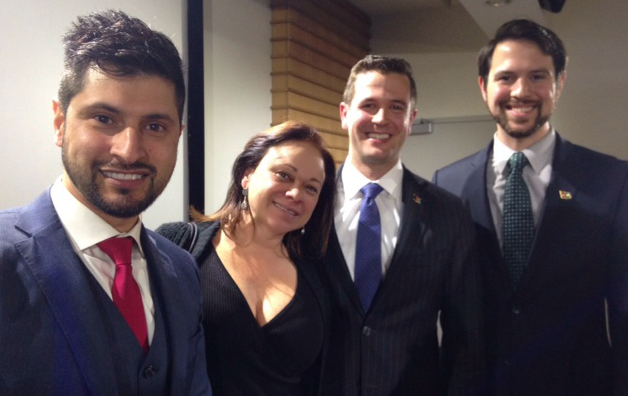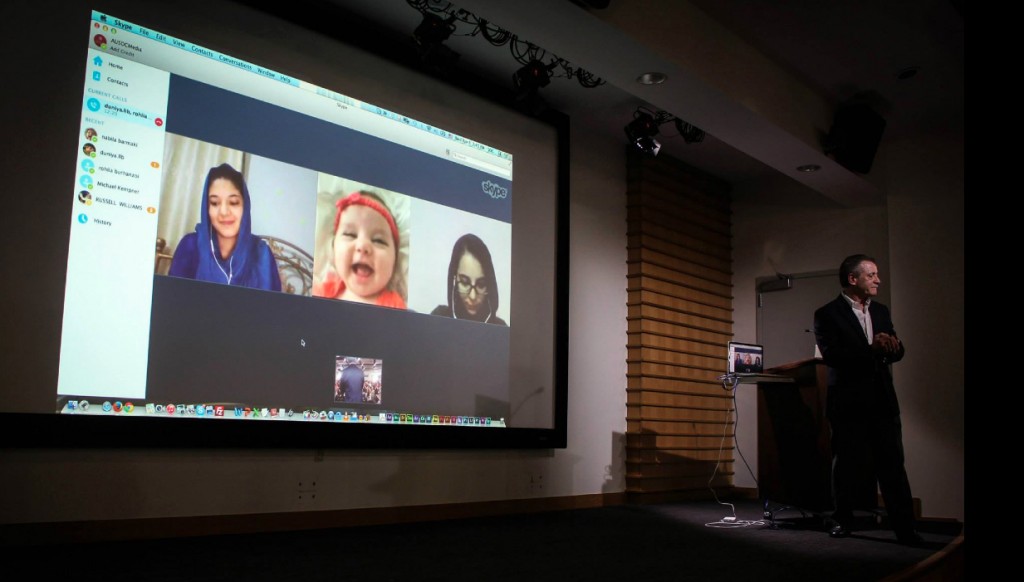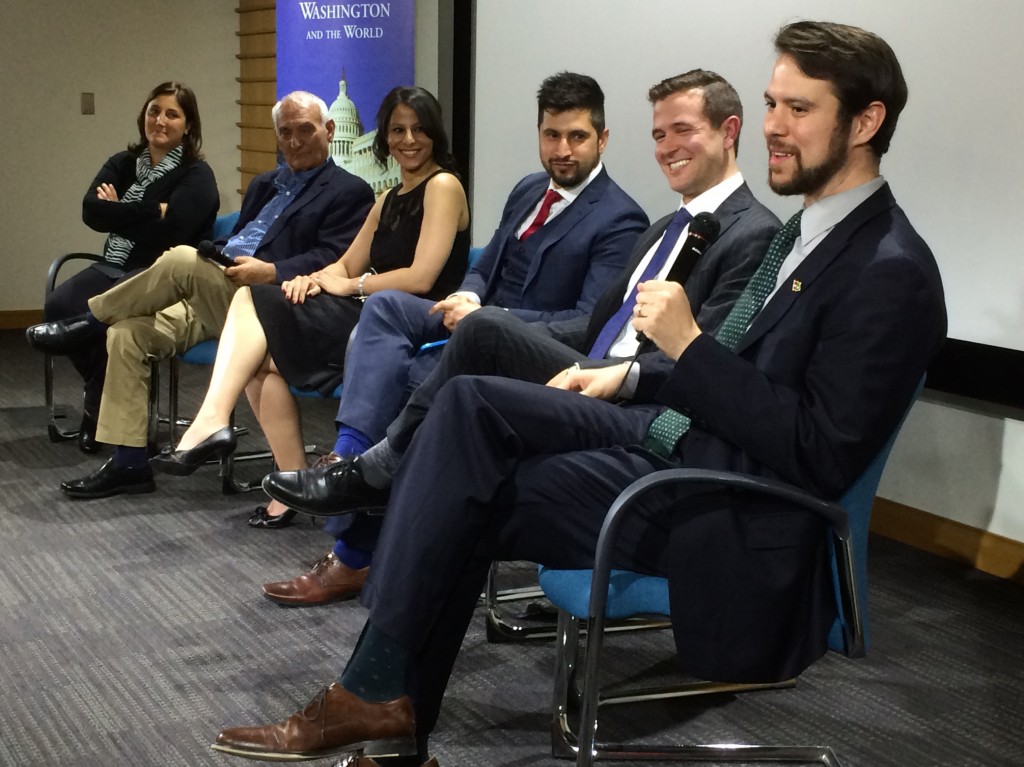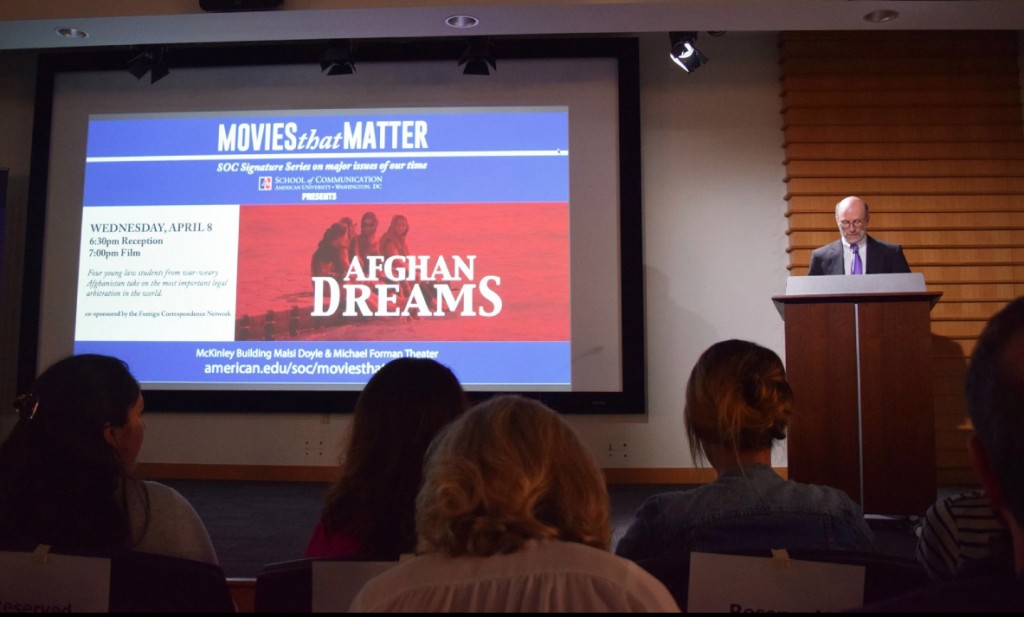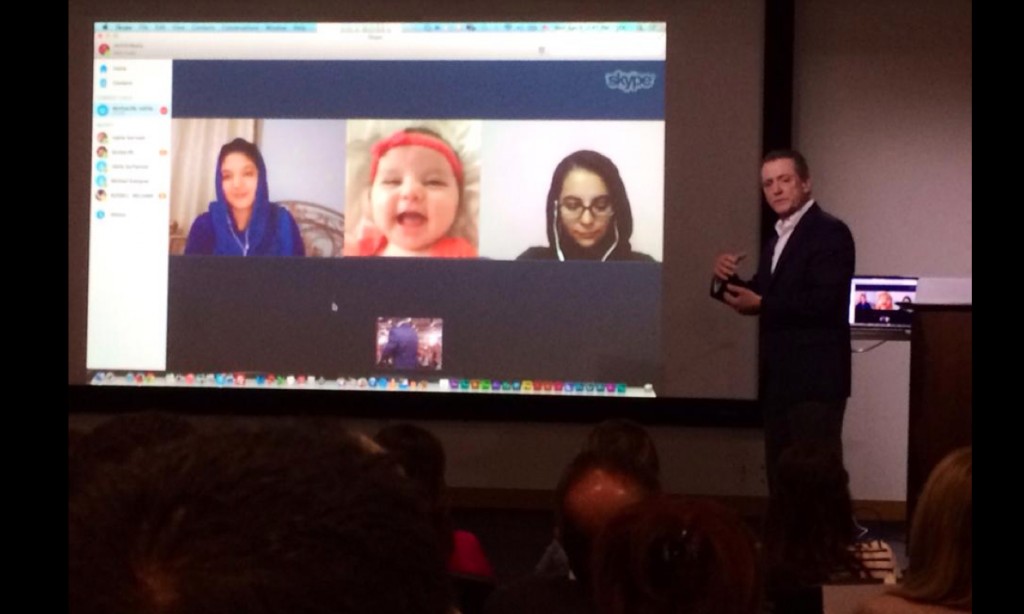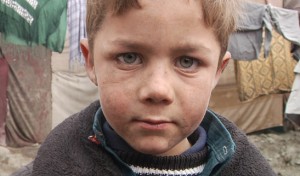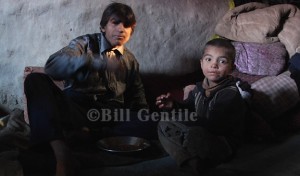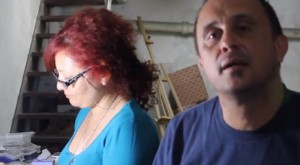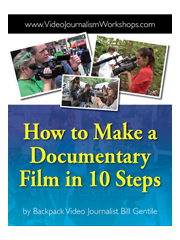ACCRA, Ghana, 26 November 2015 — On the fourth day of our five-day Backpack Video Workshop, we Skyped with Internet marketer Bruce Jones from Boston, Massachusetts. For years, Bruce has been advising entrepreneurs how to build an online presence to connect with and expand communities, how to make an impact — and how to make money.
I think the workshop participants really got a lot out of his presentation, which he put together after a Tuesday Skype session during which he gathered comments and information from participants regarding their objectives with the workshop and with the craft.
(Photos by Bill Gentile)
Marketing Video at Ghana Event
Remember to sign up for our free Essential Tips and Tools pdf booklet over on the right, and give us a like on Facebook.
“Forest Weeps” to Ghana Event
ACCRA, Ghana, 25 November 2015 — On this, the third day of our five-day Backpack Video Journalism Workshop, I shared my latest video report from the Ecuadorian Amazon. “When the Forest Weeps” examines how Ecuador’s Kichwa Indians struggle as their deep spiritual relationship with the Amazonian rain forest diminishes in a clash with the forces of so-called modernity. It is a story not unlike the clash between the traditional way of life in many areas of Africa and the forces of so-called modernity impacting lives across the continent.
To see the film, go to my blog at www.billgentile.com.
(Photo by Bill Gentile)
Remember to sign up for our free Essential Tips and Tools pdf booklet over on the right, and give us a like on Facebook.
Backpack Video to Ghana Market
ACCRA, Ghana, 25 November 2015 — I spent part of the day at a market in Accra, with participants in my Backpack Video Journalism Workshop. In the red and green dress, Della Russel ClassPee shoots video on one of the busy pathways that crisscross this hot and bustling market. Another participant, Senyuiedzorm Awusi Adadevoh, shoots a fabric shop whose business is threatened by cheap, Chinese copies. These “informal” markets are much the same around the world. Many people struggling for economic survival in the countryside come to the cities and sell whatever they can. It’s a tough place to work, and outsiders making pictures of the laborers here are sometimes not completely welcomed, as you can see from the stares that Kwamee Kwame gets as he shoots some still photos.
(Photos by Bill Gentile)
Remember to sign up for our free Essential Tips and Tools pdf booklet over on the right, and give us a like on Facebook.
Backpack Video Workshop to Ghana
ACCRA, Ghana, 23 November 2015 — Sara Stealy, Press Attache at the U.S. Embassy in Ghana, addresses participants, hosts and special guests at the opening session of my Backpack Video Journalism Workshop in the Ghanaian capital. Nicholas Derry, Director at the Ministry of Communications, delivers the opening address. Participants begin the first session.
The five-day workshop is sponsored by the African Centre for Development Reporting (ACEDEV), a small non-profit based in Ghana. It is funded by the U.S. Embassy here.
(Photos by Bill Gentile)
Remember to sign up for our free Essential Tips and Tools pdf booklet over on the right, and give us a like on Facebook.
Upriver
BOBONAZA RIVER, Ecuador, 29 June 2015 — On the journey to the indigenous region of Sarayaku deep in the Ecuadoran Amazon, I took a five-hour canoe ride down the Bobonaza River. I saw dozens of canoes, run mostly by male “pilotos” and “punteros” (pilots and pointers.) A female pilot was somewhat of a rarity. This woman and her passengers were fighting their way upriver, quite an ordeal when the river is low for lack of rain.
Sarayaku is an autonomous region of this South American country. There, Kichwa Indians for decades have resisted the advances of the Ecuadorian government and foreign corporations to allow oil drilling and “development” in their homeland. This is why both the inhabitants of the region as well as the Ecuadorian government consider it the “epicenter” of resistance.
The trip to Sarayaku is especially timely because of the Vatican’s recent encyclical defending the environment and the poor. Pope Francis on Sunday 5 July landed in Ecuador on the first stage of a three-country visit to South America, bringing with him the Vatican’s message of concern for society’s most defenseless and the world they live in.
The journey to Sarayaku came at the tail end of a three-week trip to the region. I was on assignment for American University’s (AU) Center for Latin American and Latino Studies (CLALS), and charged with producing a short film on religion and the environment. I’ll keep you up-to-date on the post-production as it unfolds.
Because I anticipated some difficult conditions in the jungle, I trimmed down the gear and shot the film with an iPhone 6+, equipped with the FiLMiC Pro app, and directional as well as wireless microphones, which I used interchangeably. I had to buy some other gadgets, as well, and I’ll discuss that in later posts, so stick with me as I review the material.
(Photo by Bill Gentile)
Remember to sign up for our free Essential Tips and Tools pdf booklet over on the right, and give us a like on Facebook.
The Epicenter of Resistance
CANELOS, Ecuador, 29 June 2015 — This is how my journey to the epicenter of indigenous resistance to oil drilling in the Ecuadorian Amazon began — a five-hour canoe ride down the Bobonaza River in Ecuador’s “Oriente” region, rich in oil and other natural resources. I traveled to Sarayaku, an autonomous region of this South American country. There, Kichwa Indians for decades have resisted the advances of the Ecuadorian government and foreign corporations to allow oil drilling and “development” in their homeland. This is why both the inhabitants of the region as well as the Ecuadorian government consider it the “epicenter” of resistance.
The trip to Sarayaku is especially timely because of the Vatican’s recent encyclical defending the environment and the poor. Pope Francis on Sunday 5 July landed in Ecuador on the first stage of a three-country visit to South America, bringing with him the Vatican’s message of concern for society’s most defenseless and the world they live in.
The journey to Sarayaku came at the tail end of a three-week trip to the region. I was on assignment for American University’s (AU) Center for Latin American and Latino Studies (CLALS), and charged with producing a short film on religion and the environment. I’ll keep you up-to-date on the post-production as it unfolds.
Because I anticipated some difficult conditions in the jungle, I trimmed down the gear and shot the film with an iPhone 6+, equipped with the FiLMiC Pro app, and directional as well as wireless microphones, which I used interchangeably. I had to buy some other gadgets, as well, and I’ll discuss that in later posts, so stick with me as I review the material.
In addition to the technical issues, the Amazon presents challenges unique to itself. These include heavy rains, muddy pathways, questionable food and water supplies, plus spiders, scorpions, serpents and poisonous, stinging ants.
(Photo by Bill Gentile)
Remember to sign up for our free Essential Tips and Tools pdf booklet over on the right, and give us a like on Facebook.
“Afghan Dreams” Packs House
WASHINGTON, DC, 10 April 2015 — The screening on 8 April of “Afghan Dreams” turned out to be an event that was something beyond “special.” So many of you contributed to what one of the attendants called, “an inspiring and compelling documentary (event) about empowering women in Afghanistan. A wonderful story of perseverance, commitment and overcoming cultural and political barriers to become role models to younger women in Afghanistan. Actually getting to interact and speak with three of the girls on Skype followed by an interesting and insightful panel completely topped it off. Congratulations to all the team of ‘Afghan Dreams,’ so happy and proud to witness it.”
One of the most exciting components of the evening was the Skype session with three of our characters, all young women, who were featured in the film. They were thrilled to join the conversation. Events like these are what documentary filmmakers live for. It is our deepest form of gratification. It is part of what we aim to achieve: to impact the lives of others in a positive way.
Remember to sign up for our free Essential Tips and Tools pdf booklet over on the right, and give us a like on Facebook.
Where Has All the (Our) Money Gone?
KABUL, Afghanistan, 7 January 2014 — This is a brief clip I shot in a refugee camp in Kabul. According to a camp spokeswoman, the camp houses about 1,500 people from across Afghanistan who have fled the war. She said some of the refugees have been here for as long as 12 years. No running water. Open sewers. No electricity. Some of the kids don’t have shoes.
In a May 2012 report, the Washington, DC-based Center for Strategic and International Studies (CSIS) estimated that if government figures on Afghanistan “for FY2001-FY2013…are totaled for all direct spending on the war, they reach $641.7 billion.”
That’s right, $641.7 billion, with a “B.”
The CSIS report goes on: “This is an incredible amount of money to have spent with so few controls, so few plans, so little auditing, and almost no credible measures of effectiveness.”
Indeed, the spokeswoman at the refugee camp asked what happens to all the money donated by foreign countries, especially the United States. Why are thousands of people living in conditions like the ones in this video?
I didn’t have any answers. Click HERE to see the clip.
#documentaries
Remember to sign up for our free Essential Tips and Tools pdf booklet over on the right, and give us a like on Facebook.
Navigating Misery and Video Journalism
KABUL, Afghanistan, 5 January 2014 — Two boys eat a lunch of leftover rice in a refugee camp on the edge of Kabul. About 1,500 people live in this squalid complex of tents and dirt homes. Especially in winter, as the temperature at night hovers below zero, life here is tenuous, particularly for children. The New York Times carried a front-page story recently about malnutrition running rampant among Afghan children — despite billions of dollars in aid during the last 10 years.
Working in these camps is a challenge. In addition to the grinding misery that is harder to accept each time you see it, navigating through masses of people in need becomes more difficult each time you do it. You do so by telling yourself that your work means something. You say that perhaps it will draw attention to their plight. And then you hope that it does.
Remember to sign up for our free Essential Tips and Tools pdf booklet over on the right, and give us a like on Facebook.
Using Character to Tell Video Journalism Stories
WASHINGTON, DC, 28 December 2013 — This is another of the films produced during my recent Backpack Video Journalism Workshop in Montevideo, Uruguay.
Maria Garcia produced this story about Uruguayans who are returning to their home country after having spent years abroad, mostly Spain, looking for economic opportunity. It’s a microcosm, really, of the broader story of global migration in search of a better life. Following a tried and true storytelling technique, Maria uses the experiences of one or two persons to exemplify and to embody the broader stories of millions.
Click HERE to watch Maria’s story.
Remember to sign up for our free Essential Tips and Tools pdf booklet over on the right, and give us a like on Facebook.
